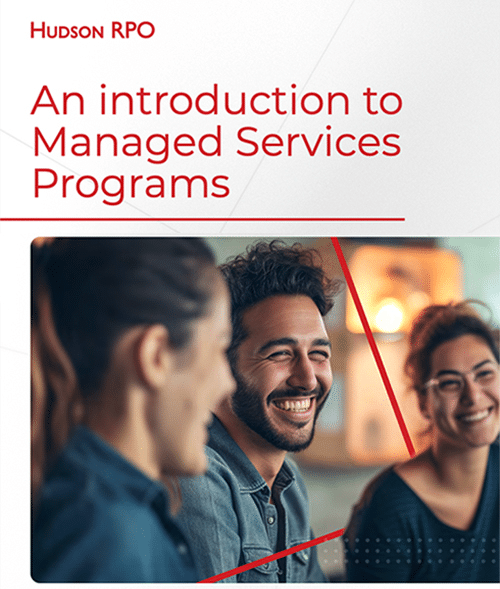- Blogs & Articles, Podcast
PODCAST: COVID-19: How have recruitment and employee wellbeing adapted?
In this podcast, Kevin Hough, Head of Resourcing, Learning and Talent at LV=, speaks to Sarah Dickson, Hudson RPO Head of Operations & Implementation on the measures LV= implemented during the pandemic to pivot their recruitment strategy and tailor their wellbeing offering.
Like many organisations, they were forced to move to virtual recruiting and onboarding during the early stages of the COVID-19 pandemic, bringing unique recruitment challenges. They also examine the importance of tailored wellbeing programmes, discussing what LV= and Hudson RPO offered their employees and how they met expectations.
Are you interested in learning more? In our latest whitepaper with Future Talent Learning we discuss the future of work, employees and leaders: View whitepaper

Hudson RPO
Content Team
The Hudson RPO Content Team is made up of experts within the Talent Acquisition industry across the Americas, EMEA and APAC regions. They provide educational and critical business insights in the form of research reports, articles, news, videos, podcasts, and more. The team ensures high-quality content that helps all readers make talent decisions with confidence.
Sign up to receive the latest recruitment insights and Hudson RPO news.

















